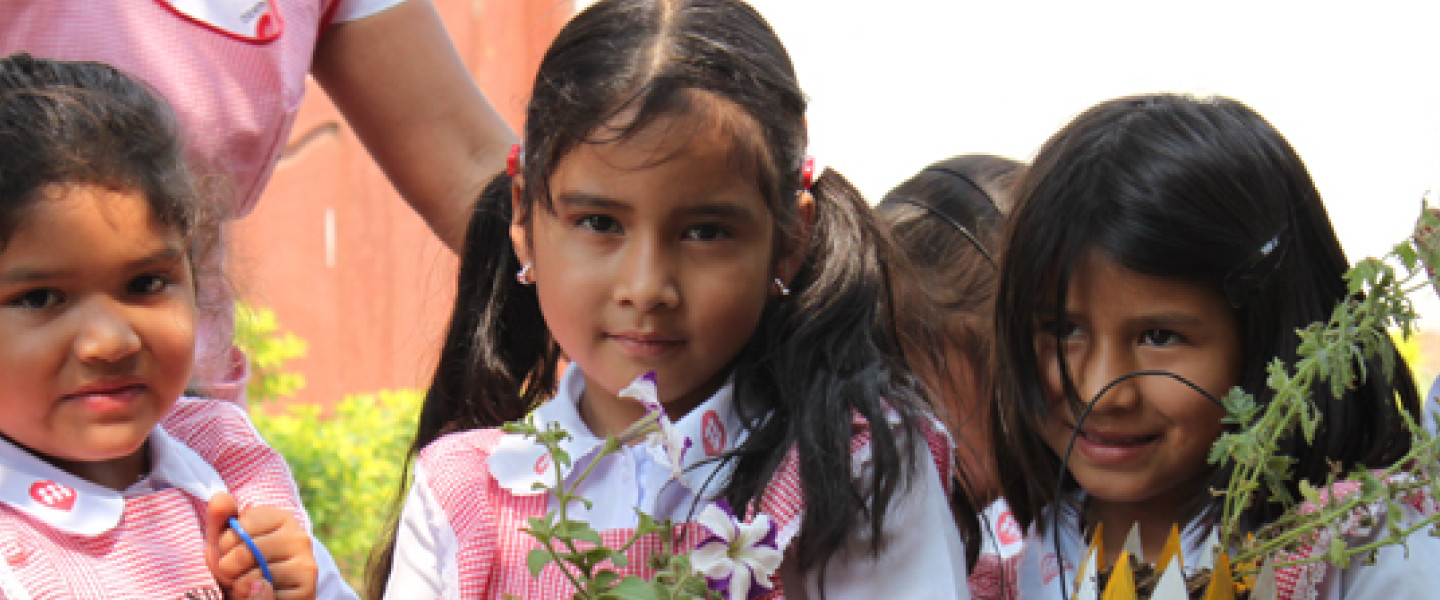Jesús “Txuo” Rodríguez Villaroel is a Jesuit priest born in Venezuela. Txuo currently lives in Madrid, but his mission is to develop consistent support of the Friends of Fe y Alegría in the U.S. initiative.
According to Fr. Txuo, Fe y Alegría is an international network of schools founded in Venezuela 61 years ago. The aim of this network is to offer a popular, integral and social education for marginalized and vulnerable people.
Fe y Alegría is an initiative from the Society of Jesus that was created thanks to the collaboration between religious and lay people. Fe y Alegría currently has more than 3,000 schools in 21 countries around Africa, Europe and Latin America. This network serves more 1.5 million people, which include boys, girls, teenagers, youngsters and adults. As Fr. Txuo says: “Fe y Alegría helps people between 0 and 99 years old”.
Fr. Txuo was recently in New York City and we spoke with him.
Jorge Ignacio Domínguez: What is your relationship with Fe y Alegría?
Fr. Txuo Rodríguez: I joined Fe y Alegría when I was really young. As a novice I worked as administrator and until 2013 I worked as manager of the Región Fronteras (Venezuela). Nowadays I help to establish and foster “Friends of Fe y Alegría” in the United States.
JID: What is “Friends of Fe y Alegría in the U.S.”?
Fr. Txuo Rodríguez: “Friends of Fe y Alegría in the US” is an initiative that aims to channel the commitment and the solidarity of Latin Americans that live in the USA with their countries of origin. This means they have to opportunity to support education in Latin America.
We will only live in the Latin America we have been dreaming about, once we all have access to a quality education.
JID: How can we help Friends of Fe y Alegría in the U.S.?
Fr. Txuo Rodríguez: There are many ways to help Fe y Alegría. Firstly, you can help us economically: if you go to the website www.feyalegría.us and you click on “Projects” you will see all of our projects and the countries we work in. Then, you will be able to choose which country you want to help.
You can also help economically by supporting a specific project from any country that may be of interest to you and all of your donations will be sent to that project.
You can also pay by check to Magis America, Inc. – www.magisamericas.org in Washington, D.C.. All you have to do is to write in the check memo the country you would like to help with your donation and the funds will be directed towards that country. This is another economic way to help.
JID: Are there any other ways to help?
Fr. Txuo Rodríguez: There are many ways to support us. You can sign up as a volunteer to promote Fe y Alegría’s project within the Latin American community. This way, you can show other people what Fe y Alegría does in Latin America and in Africa.
Likewise, we can foster global citizenship, which means raising awareness and fostering solidarity in the USA with the countries in which Fe y Alegría works.
Latin American entrepreneurs that work within the USA can also help and receive tax write-offs. Magis America is a U.S.-based Jesuit organization that many companies and individuals can use to channel their donations and support.
JID: How would you describe the effect that Fe y Alegría has?
Fr. Txuo Rodríguez: The effect of Fe y Alegría is positive. According to our founder, Fe y Alegría begins where the roads stops, where there is no potable water and where the city has no name. The impact of Fe y Alegría is more and more positive because we not only works in formal education contexts: Fe y Alegría works beyond these walls. This means Fe y Alegría works both with its school students and with their communities, as we strive to involve the whole community in our work.
This shows that the impact of Fe y Alegría goes beyond our 1.5 million students. We have a positive impact on their families, as well as in the communities in which we work in and in every place we are present. Fe y Alegría has a great social impact that plays a crucial role nowadays in the world and in these communities.
This interview was originally published in Spanish here.

